When you arrive at A Ramallosa the pilgrim has the option of choosing the alternative that continues through the interior crossing Nigrán and Coruxo to get to Vigo. Keep in mind that this variant of the Camino has more sections of asphalt than the one that advances along the coast, but also has great examples of Galician architecture such as the Pazos (manor houses) and the Cruceiros (Calvaries) of Mallón and O Pereiro in the municipality of Nigrán. READ MORE
Only 4.2 km (2,6 miles) separate A Ramallosa from the municipality of
Nigrán, where this variant start through the “Camiño do Souto” and the “Camiño da Rosiña”. Crossing Nigrán
this route continues with views of the old Pazos (manor houses) of Urzáiz and
Cea before climbing the Sanromán mountain. It will be the last important climb
before reaching Priegue.
E This road
has a low difficulty but, if you get distracted, the 550 local road can serve
as a guide until you reach Vigo. The next town to Nigrán will be Saiáns,
where you can relax your feet in its magnificent sandy area. This marks the
entrance to the municipality of Vigo, although there are still a few kilometers
before reaching the city. It will be necessary to cross San Miguel de Oia and
later San Salvador de Coruxo.
The Jacobean
Route approaches the coast again on this point to make its entrance through the
"Camiño de Muiños" to the beach of Samil, one of the most popular beachesamong
the people of Vigo. A few steps separate the pilgrims from the largest city of
Galicia: Vigo.
Tips from our postmen and women
What to do and see in Nigran?

"When passing through Baiona, visit the old town, the Castle and the replica of the caravel La Pinta, which arrived in this town, announcing the discovery of America. It is essential to walk through the Romanesque bridge over the Miñor River dating from the 13th century and that unites the city councils of Baiona and Nigrán".
Accommodations Variant: Baiona - Nigrán – Vigo
Image gallery
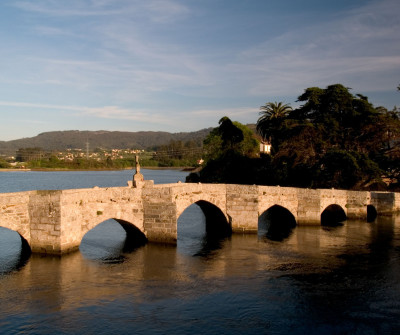
Puente romano en A Ramallosa, Camino Portugués por la Costa
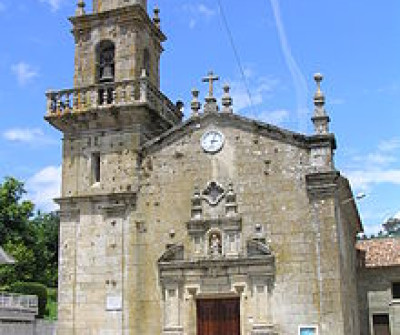
Iglesia de Santa María en Nigrán, Camino Portugués por la Costa
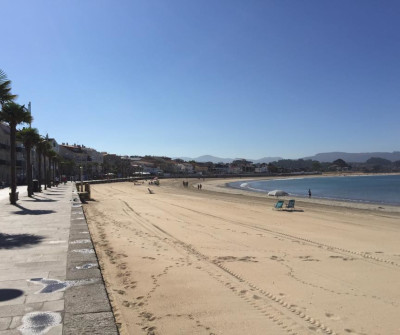
Playa Panxón, Camino Portugués por la Costa
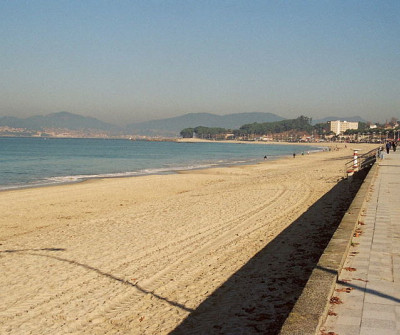
Playa de Samil, variante del Camino Portugués por la Costa
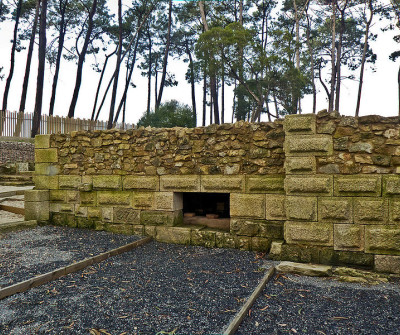
Villa romana Salinas de Toralla, Camino Portugués por la Costa
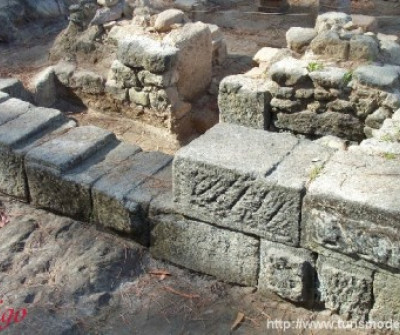


 Filter
Filter